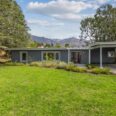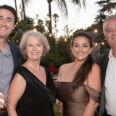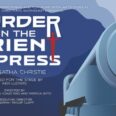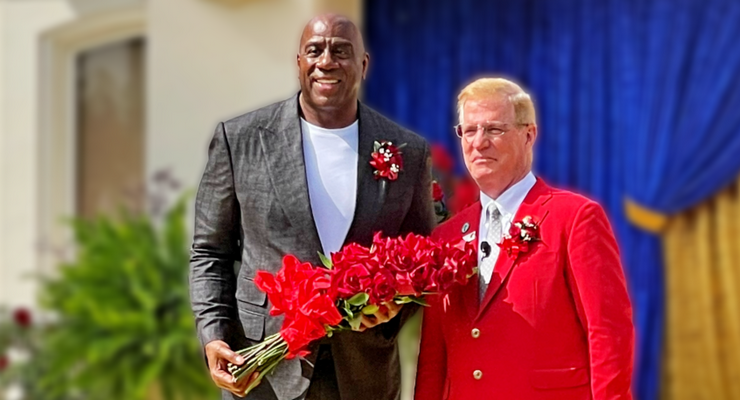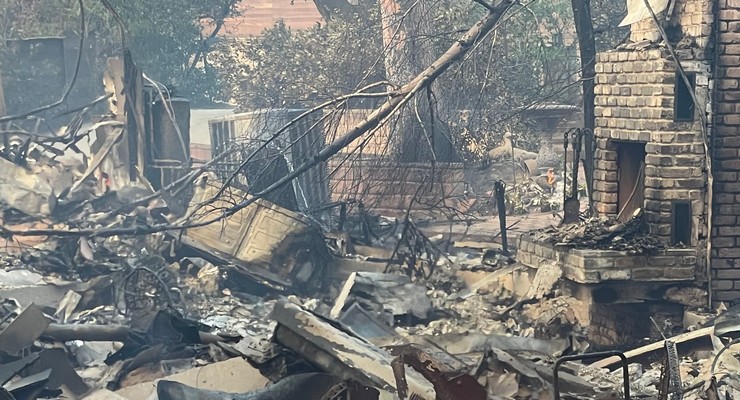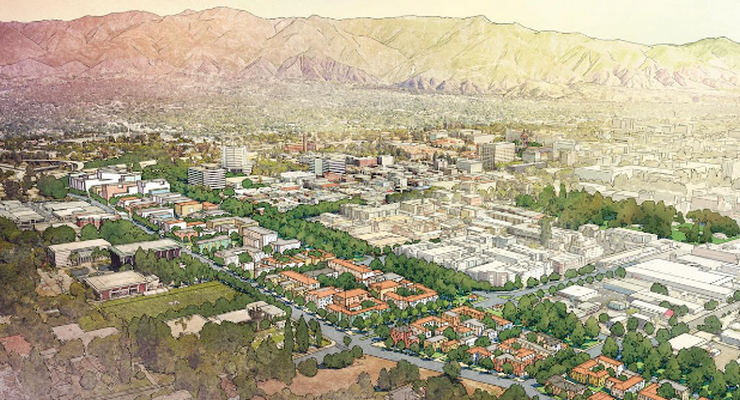
This is the tenth in a series of columns on 10 Grand Challenges to transform Pasadena’s future. Today’s column focuses on the process for reclaiming the 710 Stub to reunify surrounding neighborhoods.
More than half a century ago, Caltrans tore a massive hole through a thriving Pasadena neighborhood of homes, small businesses and the landmark Neighborhood Church. More than 60 acres were cleared. A giant “ditch” was carved out of the landscape. Millions of cubic yards of concrete were poured to create the 710 Stub. The Stub was deliberately designed to channel freeway-scale traffic through what was left of the neighborhoods to the south. The goal was brutally clear: create enough daily traffic misery to ensure Caltrans crushed opposition to continuing the path of destruction all the way to Alhambra.
More than a million Americans were bulldozed from their homes to make way for interstate highways. Pasadena actually lost population during the decade of the Sixties as low income and minority neighborhoods were devastated by urban renewal and freeway clearances.
Starting in 1964, Caltrans aimed to connect the future 210/134 interchange straight through the heart of residential neighborhoods in Pasadena, South Pasadena, Los Angeles and Alhambra. In 1967, the City of Pasadena signed on, clearing the way for uprooting hundreds of its own residents and businesses.
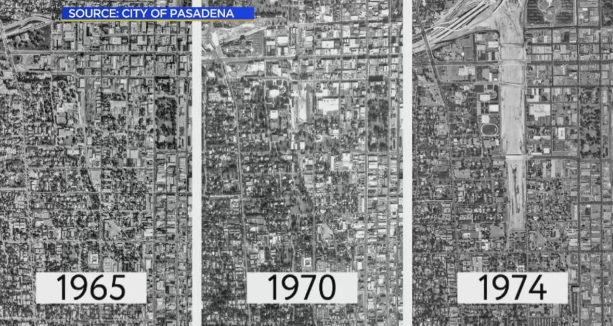
The huge scar remains and every day thousands of cars barrel through what’s left of those residential neighborhoods. But last year, after a long effort by City and community leaders, Caltrans “relinquished” the land under all that concrete. Caltrans’ surrender gives Pasadena the responsibility to right an historic wrong. The City Council has asked a 16 member “Working Group” to help oversee the planning effort.
One of the Working Group members, Planning Commission Chair Mic Hansen, envisions “the opportunity to repatriate what we lost and seamlessly reunify our community through careful urban design.” She notes that much public outreach and visioning has already taken place a few years back. The Connecting Pasadena Project conducted a series of well-attended public workshops to develop a vision for reclaiming the land.
Credit: Moule and Polyzoides
That vision was developed by the community’s participants during two half-day charettes. Refined by Moule and Polyzoides (distinguished architects and urbanists) and other experts, the concept feathered the intensity of uses to complement the downtown area on the north to the residential neighborhoods on the south.
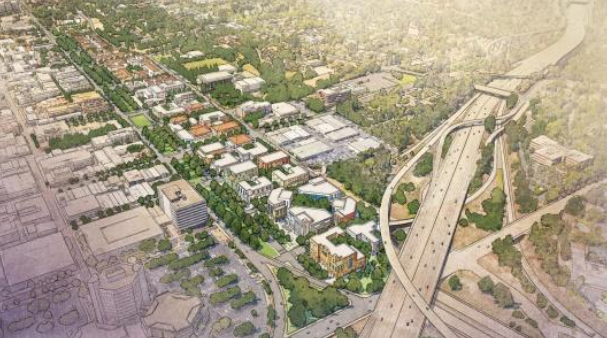
A whole range of business and residential uses can be accommodated within the reclaimed acreage, along with ample parks and green space. Particularly important will be ensuring a significant share of affordable housing – along with a “right to return” for the families of those who were forcibly displaced.
The Connecting Pasadena Project sets the right tone for more detailed engineering and planning to come. The focus should be on creating a set of beautiful, functional, open, diverse, and interconnecting neighborhoods — not a master-planned mega-development scheme. Rather than auctioning off the land to private developers, the City should retain ownership of the land and instead allow long-term leases for incremental, appropriately-scaled building. The proceeds can be reinvested to underwrite the costs of filling in the ditch and creating park space and other public amenities for all of Pasadena to enjoy.
It’s right to be deliberate and careful in planning future development, yet we should not let the planning process drag on forever. The longer we take to reclaim the Stub, the longer we perpetuate the ongoing social, economic and environmental toll the stub inflicts on our community. Years of consultant studies and committee meetings will exhaust the community and squander the urgent imperative to reconnect our city, reclaim a polluted landscape, build a full range of desperately needed housing, create needed parks and green space and employ thousands of local residents in good paying construction and permanent jobs. Well-publicized and inviting community workshops and charrettes can accelerate coming to a consensus on how to move forward.
The sooner we close those gigantic on- and off-ramps, the cleaner our air, the healthier our lives and the closer our future. The sooner we re-establish well-designed neighborhoods and parks from a blighted expanse of concrete, the stronger our community’s economic and social fabric. The sooner we right an historic wrong, the better we can all sleep at night.
Rick Cole is a current Pasadena Planning Commissioner and a former Mayor of Pasadena. He serves as Chief Deputy Controller for the City of Los Angeles.
See Also: Rick Cole: Ten Grand Challenges to Transform Pasadena’s Future – Pasadena Now past issues:
- Remove the concrete channel from the Arroyo: The beautiful valley running through our city is one of our greatest assets. Back in the Thirties, our default for handling periodic flooding was with engineering. We now know how to divert storm water to percolate back into the ground instead of flushing it out to sea. Removing the ugly channel would create a completely different feel to the lower Arroyo, Pasadena’s pre-eminent natural recreational gem
- Remove and reclaim the 710 Stub: Caltrans deliberately dug a huge hole and filled it with concrete to push traffic into residential neighborhoods in a failed attempt to force South Pasadena to surrender to the bulldozers. Now that the City of Pasadena has title to the property, we can eliminate this scar on the landscape and build parks, affordable housing and community assets to reknit the southern part of our city.
- Connect Old Pasadena to PCC with a streetcar: There is Federal funding to route a street car loop on Union and Green that would connect our historic core with the Playhouse District, South Lake and a campus with 30,000 students. It would link our greatest assets (Caltech would also be in walking distance) to the regional light rail stop at Memorial Park and make navigating between them easy and non-polluting, reducing traffic.
- Transform the Central Library into a 24/7 Learning Center: Life-long learning doesn’t just take place in formal schools — libraries have always been a place providing access to people of all ages and incomes to access learning. Books are just one form — but classes, maker spaces, speakers, conferences and activities could enliven the classic building which needs over $100 million in seismic upgrades which shouldn’t just be spent to put back books.
- Create an Affordable Housing Authority: The City, School District and PCC should partner to use all available public land for creating workforce, student and affordable housing. With State mandates to build 6000 units of affordable housing in Pasadena over the next eight years, the public sector should take the lead to ensure maximum benefits to our local residents.
- Replace outdated zoning with a new design code: Pasadena relies on a Design Commission to guide development of higher density apartments and condos — and the results are less than wonderful. The State now insists on “objective standards” — but Pasadena doesn’t have them for its high density development. Let’s make sure new development to provide needed housing is also compatible with our community’s high standards for design. The issue is not just how they look, but more importantly, how they function to compliment the neighborhoods around them.
- Individualize help for the homeless: Community Solutions, a nationwide program based on extensive research, advocates for a “by name” registry of those accessing public and non-profit services so unhoused individuals and families aren’t bounced around uncoordinated programs and agencies. Sharing data can ensure the homeless get the help — and housing — they need, quickly and humanely.
- Convert to carbon-free energy: Pasadena 100 is pushing our public utility to walk the walk of its environmentally-friendly talk by eliminating coal and natural gas from electric generation by 2035. With strong Federal support for renewable energy, it’s clearly doable — so why isn’t Pasadena leading?
- Establish car-free zones: The pandemic has transformed many streets around the world into pedestrian zones that now are full of life and people. Businesses and residents love it! Let’s start with weekends and shut down Colorado between Fair Oaks and Pasadena Avenue. Or South Lake between Del Mar and California? Or the Colorado Street Bridge. Nearly everyplace it’s been tried, including here in Southern California, it is quickly so popular it goes year-round.
Make Pasadena bike-friendly: Countries like Holland and cities from Davis to Paris used to be unsafe and unattractive to bicyclists. Skeptics doubted that people would bike — but when protected bike lanes connect where people want to go, the shift happened more quickly than anyone imagined. Biking is cheaper and healthier for individuals and the planet. Why does Pasadena lag cities in the region like Long Beach, Santa Monica and Culver City?



